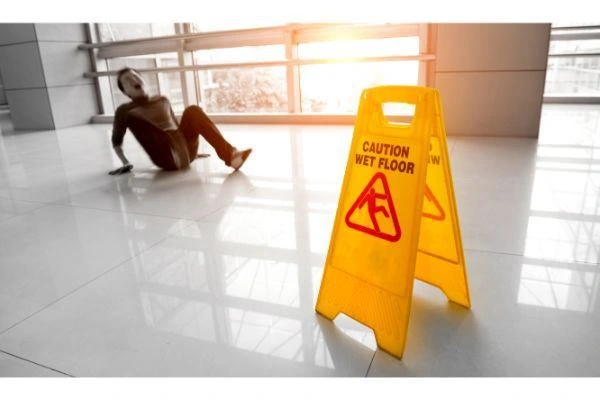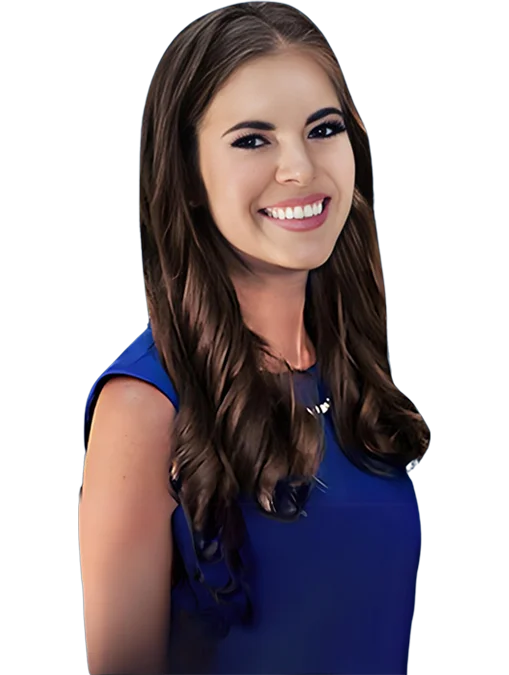What Makes Slip and Fall Cases So Difficult.

In the world of personal injury litigation, “slip and fall” cases can be some of the most challenging cases to handle.
Why?
Because they are often so very difficult to prove.
Let us explain.
What is a “Slip and Fall” Case?
Let’s say somebody is at the grocery store buying some boudin sausage, and she slips and falls because the floor is wet. As a result of the fall, she injures her knee badly.
A “slip-and-fall” is a type of personal injury case. These cases frequently come under the broader category of “premises liability” because they happen on someone else’s property.
The legal theory underlying premises liability is that every property owner has a duty to keep his property in a reasonably safe condition.
Why are Slip and Fall Cases Hard to Prove?
One of the reasons why slip and fall cases are hard to prove is because the property owner is not the only one who has an affirmative duty. While the property owner, (especially one who invites the public onto his property like our grocery store example) has an affirmative duty to keep the property reasonably safe, each person who enters the property has responsibilities as well. That means, for purposes of our example, that our shopper assumes normal risks and is expected to be aware of, and avoid dangerous conditions. A dangerous condition is one that presents an unreasonable risk to the person entering the property. To be a dangerous condition, the condition must also be one which the injured person could not have anticipated.
It is the tension between the property owner’s legal duties and the “reasonable man’s” (our shopper’s) duties that makes slip and fall cases so difficult.
In a slip and fall case like the one we pose above, to prevail at trial, you must prove that the property owner knew a dangerous condition existed and that:
• The owner (or possessor) created the condition;
• The owner (or possessor) knew the condition existed yet negligently failed to correct it; or
• The condition existed for so long that the owner (or possessor) should have known about it and corrected it before the accident occurred.
Depending on the facts of the case, these elements may be very difficult to prove. The plaintiff must also show that it was foreseeable that the property owner’s negligence would create the danger at issue in the case.
Sometimes the property owner is responsible and sometimes he is not. All of these factors and more are why it is always best to speak to an experienced personal injury attorney about your slip and fall case.
Fighting to Get You The Compensation You Deserve
If you have been injured in an accident or slip and fall, contact us. We are experienced, personal injury attorneys. We offer FREE consultations and we don’t get paid unless you win your case. We have offices in Baton Rouge, and we serve all of Southern Louisiana. Call 225-200-0000 ToDay to schedule your free consultation.
Contact Us
Day Law Group Office Location
Contact Us
Choose Day Law Group
Fields marked with an * are required
"*" indicates required fields



